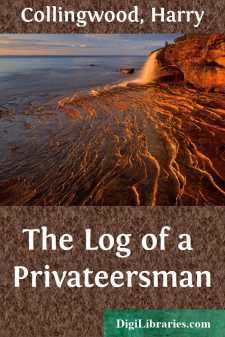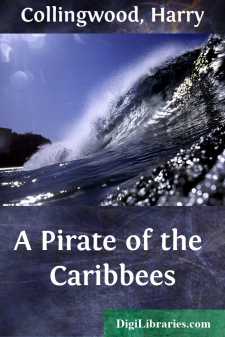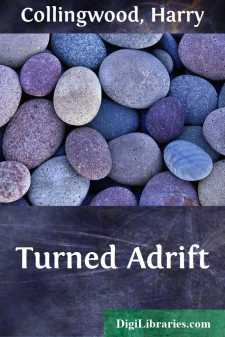Categories
- Antiques & Collectibles 13
- Architecture 36
- Art 48
- Bibles 22
- Biography & Autobiography 813
- Body, Mind & Spirit 142
- Business & Economics 28
- Children's Books 17
- Children's Fiction 14
- Computers 4
- Cooking 94
- Crafts & Hobbies 4
- Drama 346
- Education 46
- Family & Relationships 57
- Fiction 11829
- Games 19
- Gardening 17
- Health & Fitness 34
- History 1377
- House & Home 1
- Humor 147
- Juvenile Fiction 1873
- Juvenile Nonfiction 202
- Language Arts & Disciplines 88
- Law 16
- Literary Collections 686
- Literary Criticism 179
- Mathematics 13
- Medical 41
- Music 40
- Nature 179
- Non-Classifiable 1768
- Performing Arts 7
- Periodicals 1453
- Philosophy 64
- Photography 2
- Poetry 896
- Political Science 203
- Psychology 42
- Reference 154
- Religion 513
- Science 126
- Self-Help 84
- Social Science 81
- Sports & Recreation 34
- Study Aids 3
- Technology & Engineering 59
- Transportation 23
- Travel 463
- True Crime 29
The Cruise of the "Esmeralda"
Categories:
Description:
Excerpt
Chapter One.
The Story of the Buried Treasure.
Those of my readers who happen to be well acquainted with Weymouth, will also be assuredly acquainted with a certain lane, known as Buxton’s Lane, branching off to the right from the high-road at Rodwell, and connecting that suburb with the picturesque little village of Wyke. I make this assertion with the most perfect confidence, because Buxton’s Lane happens to afford one of the most charming walks in that charming neighbourhood; and no one can well be a sojourner for any length of time in Weymouth without discovering this fact for him or herself, either through inquiry or by means of personal exploration.
And of those who have enjoyed a saunter through this lane, some there will doubtless be who can remember a substantial stone-built house, standing back a distance of about a hundred yards or so from the roadway, and environed by a quaint old-fashioned garden, the entire demesne being situate on the crest of the rise just before Wyke is reached, and commanding an unparalleled view of the roadstead of Portland, with the open channel as far as Saint Alban’s Head to the left, while on the right the West Bay (notorious for its shipwrecks) stretches from the Bill of Portland, far away westward, into the misty distance toward Lyme, and Beer, and Seaton; ay, and even beyond that, down to Berry Head, past Torquay, the headland itself having been distinctly seen from Wyke Nap on a clear day, so it is said, though I cannot remember that I ever saw it myself from that standpoint.
The house to which I refer is (or was, for I believe it no longer exists) known as “The Spaniards,” and was built by my ancestor, Hubert Saint Leger, with a portion of the proceeds of the Spanish prize that—having so harried and worried her that she at length became separated from the main body of the Great Armada—he drove into Weymouth Bay, and there, under the eyes of his admiring fellow-townsmen, fought her in his good ship Golden Rose, until she was fain to strike her colours and surrender to a craft of considerably less than half her size.
“The Spaniards” had continued in possession of the Saint Leger family from the time of its building down to the date of my story; and under its roof I was born. And to its roof I had returned from an Australian voyage, a day or two previous to the events about to be related, to find my dear mother in the direst of trouble. My father, like all the rest of the male Saint Legers, for as many generations as we could trace back, had been a seaman, and had died abroad, leaving my mother such a moderate provision as would enable her, with care, to end her days in peace and comfort beneath the old roof-tree. It was a lonely life for her, poor soul! for I was her only child, and—being a Saint Leger—took naturally to the sea as a profession. That I should do so was indeed so completely a foregone conclusion, that I was especially educated for it at Greenwich; upon leaving which, I had been bound apprentice to my father....












